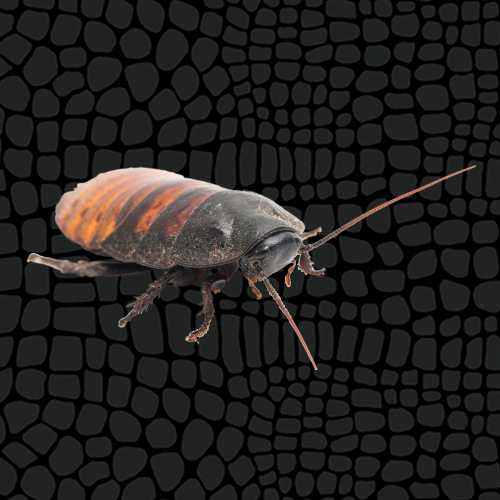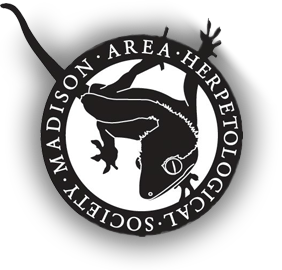Madagascar Hissing Cockroach
Their Hiss is Worse Than Their Bite
Cockroach is a word that brings shivers to most people as they think about home infestation, but there are over 4,600 species of cockroach and only 30 are known to become pests in homes. Due to the misunderstood nature of these large insects you probably have never thought of one as a pet, but these low maintenance creatures make incredible and fascinating additions to your family. Madagascar Hissing Cockroaches get their name from their ability to create a loud hissing sound when threatened. This sound is created by forcing air out of abdominal spiracles, which are breathing pores in the sides of the cockroach’s body. Madagascar Hissing Cockroaches can get up to 3 inches and are docile and interesting companions.
Habitat
From the island country of Madagascar, these hissing cockroaches are only one of twenty different species native to the island. They spend most of their time in rotten wood and leaf litter on the forest floor foraging for fruit that has fallen. When they’re looking to hide, they find crevices in trees and under loose bark. Humidity and security are important, so make sure to keep the humidity between 60-80% and provide plenty of tight spaces for them to hide in.
Housing
Housing must be sealed and escape proof. Madagascar Hissing Roaches can climb glass so be sure the lid is secure. For added security, add a thin layer of petroleum jelly around the top 1” of the habitat. This will keep them from escaping. For young cockroaches over 1.5” the Zilla Arboreal Micro Habitats are an easy, secure, and beautiful way to display these beautiful invertebrates. The Large Arboreal Micro Habitat will make a great home for your adult Hissing Cockroaches, but if you’d like to give them more room, the Zilla Front Opening Terrariums are another great option. The 12”x12”x20” would be plenty of space for up to 5 adult roaches, but know these adorable little tanks reproduce quickly and often. To avoid breeding, keep only males or only females. Using tropical substrates, such as Zilla Jungle Mix, and adding Zilla Terrarium Moss on top of it and in crevices throughout the terrarium will help increase the humidity. Provide them with stacks of cork bark and plenty of leaf litter to hide in. Make sure to provide a small water bowl with clean water they can drink from or use Zilla Water Pillows for a reusable safe water source.
Temperature and Lighting
Their Madagascar environment ranges in temperature from 55°F to 90°F throughout the year. This makes them easy to keep at home since they can live at the room temperature of most homes. If allowed to get cooler than 70°F they become lethargic so keep them closer to 80°F. To add some heat add a Zilla Day Blue 25w Mini Halogen bulb in a Zilla Single Low Profile Fixture. While hissing cockroaches don’t need UVA/UVB to survive, it is highly beneficial to all living things. Add heat and UV lighting using the Zilla Dual Low Profile Fixture with the Zilla Day Blue 25w Mini Halogen Bulb and a Zilla Tropical Mini UVA/UVB Bulb.
Feeding and Diet
Madagascar Hissing Cockroaches are vegetarian scavengers. They spend their time hunting on the forest floor for vegetation and fruit that has fallen. In captivity they eat a variety of fruits and vegetables. An easy way to create a varied diet is with Zilla Reptile Munchies Vegetable and Fruit Mix. When feeding, spray the food with Zilla Calcium Supplement and once a week for additional calcium and vitamin D3, along with other essential nutrients.
Handling
Madagascar Hissing cockroaches are incredible pets that do well being handled. Be sure to handle them carefully and deliberately so they don’t fall. This can be dangerous if the roach is held too high in the air and hits the ground. Falling from a height over 3 feet can cause their exoskeleton to rupture and can be. While handling them, allow them to walk on and through your hands. Make sure you are close to the floor while handling.
Be sure to wash your hands after handling any reptiles.


